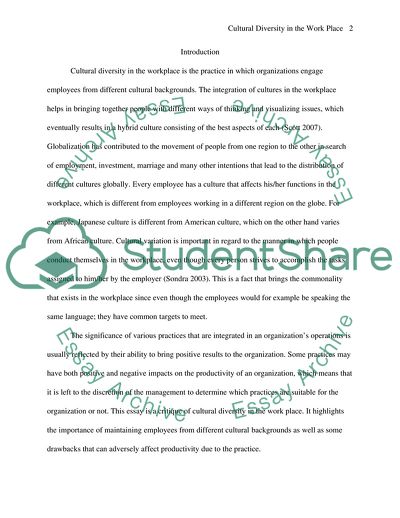Cite this document
(Cultural Diversity in the Work Place Term Paper, n.d.)
Cultural Diversity in the Work Place Term Paper. Retrieved from https://studentshare.org/human-resources/1727575-cultural-diversity-at-work-place
Cultural Diversity in the Work Place Term Paper. Retrieved from https://studentshare.org/human-resources/1727575-cultural-diversity-at-work-place
(Cultural Diversity in the Work Place Term Paper)
Cultural Diversity in the Work Place Term Paper. https://studentshare.org/human-resources/1727575-cultural-diversity-at-work-place.
Cultural Diversity in the Work Place Term Paper. https://studentshare.org/human-resources/1727575-cultural-diversity-at-work-place.
“Cultural Diversity in the Work Place Term Paper”. https://studentshare.org/human-resources/1727575-cultural-diversity-at-work-place.


